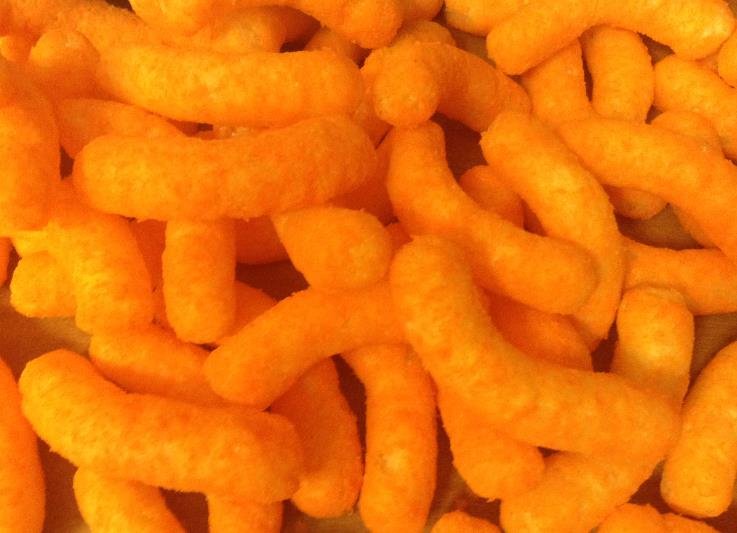Scientists have stumbled upon a fascinating phenomenon involving a common food dye found in Cheetos. The study reveals that Tartrazine, the yellowing agent, can render mice’s skin transparent, making their internal organs visible. While this sounds alarming, experts assure that the doses used in snacks are significantly lower and pose no threat to humans.

The Science Behind Transparency
Tartrazine, also known as FD&C Yellow No. 5, was administered to mice in controlled experiments. Researchers observed that the dye interacts uniquely with the fats and water in the mice’s bodies. This interaction allows light to pass through their cells, creating a transparent effect.
- Mechanism of Action:
- Light Interaction: Tartrazine alters how light is absorbed and reflected by skin cells.
- Cellular Transparency: Enhanced light passage makes the skin appear see-through.
“This was one of those moments where you go, that is both really clever and really simple,” said Christopher Rowlands, a researcher who reviewed the study for Science. The simplicity of the mechanism behind such a striking result has intrigued scientists worldwide.
Implications for Human Consumption
Despite the dramatic effects observed in mice, the implications for humans remain minimal. The concentrations of FD&C Yellow No. 5 used in Cheetos and other snacks are much lower than those required to produce transparency in mice.
- Safety Levels:
- FDA Approval: FD&C Yellow No. 5 is approved for use in small quantities.
- Consumption Rates: Typical snack consumption does not reach the levels used in experiments.
Guosong Hong, another researcher involved in the study, reassured the public, “I wouldn’t worry about making my belly or my gut transparent by eating a bag of Doritos.” This statement highlights the significant difference between experimental doses and everyday consumption.
Health Considerations and Ongoing Research
While the current findings are more of a scientific curiosity than a health concern, they open doors for further research into the effects of food dyes on biological tissues. Understanding how these dyes interact with cellular structures could lead to new insights in both food science and medical research.
| Aspect | Details |
|---|---|
| Dye Used | Tartrazine (FD&C Yellow No. 5) |
| Test Subjects | Mice |
| Effects Observed | Transparent skin, visible organs |
| Safety Assurance | Doses in snacks are substantially lower |
| Expert Opinions | Minimal risk to humans |
The unexpected transparency effect has captivated both the scientific community and the general public. While it remains a controlled phenomenon within laboratory settings, the study underscores the importance of understanding the subtle interactions between food additives and living organisms.
















